#fairy culture
Text
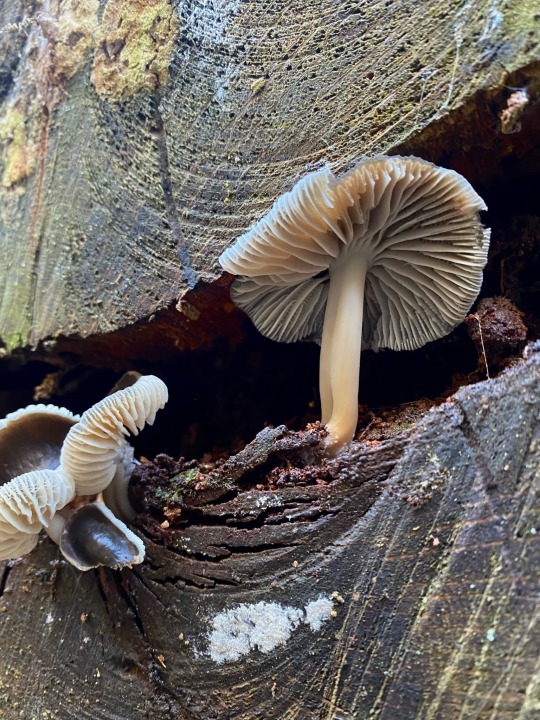
found some cute December mushlings on a walk in the woods this morning °*ੈ‧₊˚
#enchanted woodland#mushroom photography#mushroom art#magic#forest#nature#woodland#fairy culture#fairycore#fairy grunge#mushroom#mushrooms#fungi#botanical garden#botanical art#botany#nature photography#my photo#my photography
302 notes
·
View notes
Photo

28 notes
·
View notes
Text

#mothra#godzilla#toho godzilla#toho#toho films#toho monsters#toho studios#fairies#japanese sci fi#japanese movies#japanese culture#kaiju#toho kaiju#kaiji
42K notes
·
View notes
Text

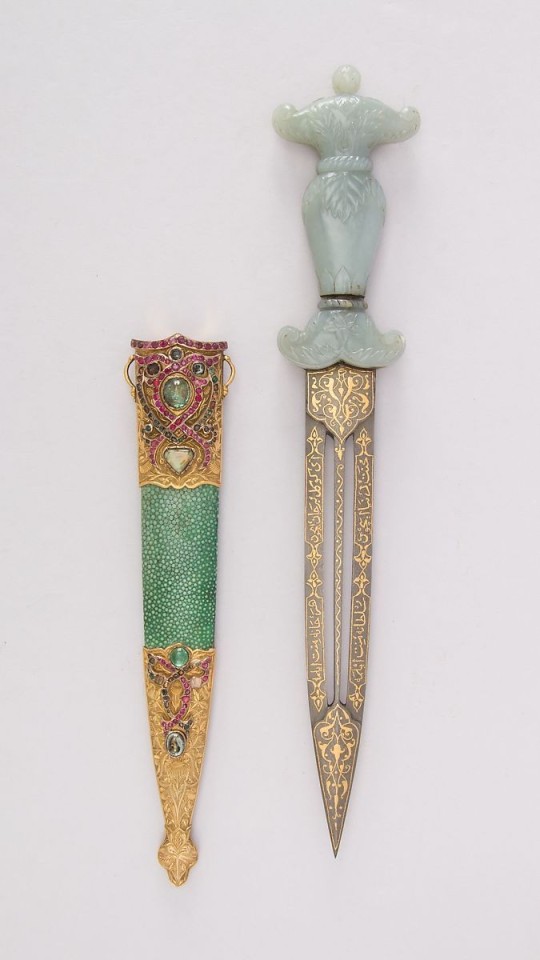
18th century daggers from India and Turkey
12K notes
·
View notes
Text
I need to know how many people miss the 2000s and early 2010s amv culture. Remember how much content there was and how passionate everyone was about their favorite character or ship. They'd be making full length amvs every week I swear. Now I struggle to find new and active creators who make amvs longer than 30 seconds. I blame Instagram.
#amv#anime music video#2000s music#2000s anime#2000s culture#naruto#bleach#one piece#fairy tail#sailor moon#inuyasha#pokemon#yu gi oh#fullmetal alchemist brotherhood#fulmetal alchemist#elfen lied#fruits basket#ouran host club#lovely complex#dragon ball#princess tutu#neon genesis evangelion#death note#blue exorsict#soul eater#tokyo mew mew#studio ghibli
2K notes
·
View notes
Text
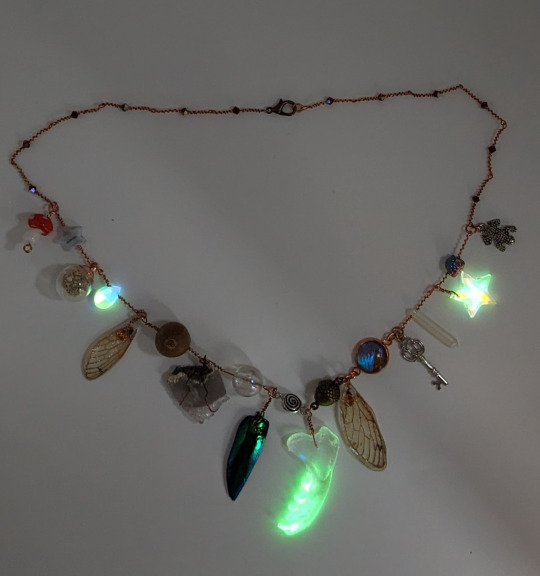
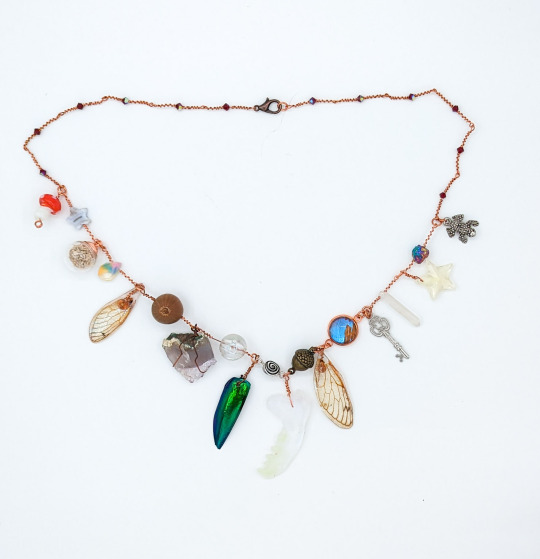
Glow in the dark fairy theme curio charm necklace is now in my Etsy (link in bio)!
#goblincore#fairycore#fairy wings#glow in the dark#resin jewelry#insect jewelry#oddities#vulture culture#mushroom#frog#crystal#acorn
920 notes
·
View notes
Text
Running Commentary: What is “ok to do” in Mixed-Culture Supernatural Fiction?
Dear readers:
Today we are trying something new. To give you some insight into our process in the Japanese moderator section, we are presenting our response in the form of running commentary to show you how we dissect and answer long asks. We hope this makes clear what points are useful and not useful when sending us a query. As always, this is for learning purposes, not callouts. Be prepared: this is a long one.
To summarize: the asker is looking to create a comic drawn in Japanese manga style, and has provided a long summary of the story and worldbuilding which involves a mix of “reimagined” Japanese yokai mythos and cultural symbols from many other sources. They have questions with respect to cultural appropriation, coding etiquette, and “what is and isn’t ok.”
Opening Comments
I know a common advice when it comes to the thing I am about to ask is to talk to people involved in __, but I struggle with opening up to strangers for reasons I'm uncomfortable explaining.
Marika (M): This is already a red flag. If you want to engage with another culture without talking to people from that culture, then research is going to be very challenging. You won’t have members of that culture to guide you towards sources and perspectives they feel most accurately represents public opinion. If I were in your shoes, I might start with tackling my discomfort when engaging with other people, if only to improve my work. If you aren’t ready to engage with a culture and its people directly, then I think you should wait until you are.
I should note, reaching out to the Japanese mod team at WWC does count as engagement, but WWC should not and cannot be the only point of contact because there is no single, legitimate cultural perspective.
Rina (R): Also, you don’t need to “open up” to strangers or talk to them in person to get perspectives. Asking specific research questions anonymously to a forum or on social media requires very little vulnerability. You managed to do it here on WWC. So give it a try!
Anyway, my question basically amounts to the what is and isn't ok [sic] in terms of depicting fantasy creatures and concepts outside of their respective culture.
R: So, the reason why we turn away rubber stamp questions by that ask “is XYZ okay?” is because “okay” & “not okay” 1) is vague and 2) creates a dichotomy where there isn’t one.
When we say something is “not okay,” do we mean:
It’s offensive to the general majority of XYZ group?
It’s contentious among people who ID in the group?
It has a potential to be interpreted in a certain negative way, but may not be a red flag to everyone?
Insetad try asking:
What are the reasons this subject is offensive?
What makes cultural appropriation bad?
When might it be “okay” to intentionally discuss a difficult or controversial topic?
What is your reason for including something that may be interpreted as offensive and can it be sufficiently justified?
What stereotypes or tropes might it be consistently identified as or associated with, and why?
When might it be justified to bring up these tropes?
With That In Mind...
Let’s get into the rest of the ask below.
…a story I've been working on in recent times is largely inspired off the Japanese yokai, and the setting is basically Earth in the far future, as far as when the next supercontinent may form. These yokai, although portrayed differently here, do retain their main characteristics [...] Included in this world are two goddesses of my own creation, primarily representing the sun and the moon. [...] There will be thirteen nations, named and based after the Chinese Zodiac, and the life force found in the living things in this world, called qi, comes in two forms that are always opposing each other but can never fully overpower the other, this being based off yin and yang. They're even directly named this; yin qi and yang qi.
M: This reads more like using Japanese and Chinese culture for the “aesthetics”, not the cultures themselves, which I personally feel falls under cultural appropriation. From a world-building/ coding standpoint, the actual use of concepts is workable, and, dare I say, typical, given how Chinese cosmology influences Japanese culture. However, naming a concept “yin qi” or “yang qi” is the equivalent of naming something “- charge” or “+ charge”, respectively. That you don’t seem aware of this tells me you are pretty early in your research phase. In that vein, we’ve covered translating terms and names from foreign languages in fantasy before. See the following article linked here for our recommendation against using RL terms outright but instead encouraging people to create their own conlangs.
R: Worldbuilding-wise, I think you would have to figure out the chicken-or-egg of the zodiac nations. Did the nations come first, and the zodiac later as an origin folk story (which you would have to rewrite to serve the nation-building narrative)? Did the zodiac come first, and the nations named (most likely re-named) by a political entity? What is the justification? Otherwise, again, it’s a shoehorning of aesthetics.
There is also a third, lesser known god based off of fox spirits and trickery and I imagined he's the patron deity of a family that honors and worships him, but his influence on them has transformed them into Kitsune-tsuki, which I depict as fox-like anthros.
M: Not related to this ask directly, but I have jokingly ranted about how often non-Japanese people prefer using imagery related to kitsune-tsuki in Japanese coded world-building (link). This makes me feel the same level of petty irritation. See my troll answer below for a similar experience.
R: Same. It’s boring tbh.
M: Troll Answer: I get that kitsune-tsuki are very sexy furries, but Japanese folklore has other sexy furries too! These underrepresented demographics also deserve recognition and appreciation!!
The plot of the story is this; modernization has left the goddesses neglected of their worship and forgotten, something that is necessary in this world to stop them from fighting each other. The Moon Goddess awakens first, punishing the humans by unleashing the yokai. Then the Sun Goddess wakes up to fight in humanity's defense…
M: This could feel rather like Shinto-like coding (Ex. the myth of Amaterasu and the Cave, or Tsukuyomi slaying Ukemochi), but something about this scenario feels a bit too binary in terms of themes of good v. evil, light v. dark to be Shinto. The plot also feels more Gaelic/ Nordic in influence for me as a person raised in a Japanese Buddhist and Hindu household. I imagine this dissonance could have been fixed with better guided research.
…but their fighting has caused a perma-eclipse and this world is in danger of ending. The yokai have run rampant; some are loyal to the Moon Goddess, and some aren't, and it lies to the main characters to bring balance back to Midgard. Yeah... the name of this future Earth is Midgard. I debate changing it since it and some other things I will mention sorta feel out of place.
R: Marika, looks like you were right on the Gaelic/Nordic influence /j
Also, worldbuilding question: if the Earth is in the far geologic future, how long has it been since modernization (19th-20th century)? Centuries? Millennia? How long has this fighting gone on for? What triggered the perma-eclipse, and why now? Why is this time depth necessary?
One of the main characters in question is a humanoid woman with wolf features named Ling, and she is a descendant of the dynasty that had first ruled the one of the nations, particularly the one based off the dragon zodiac. She accidentally summons the other main character to this world as she's praying at a shrine, a humanoid with dragon features--I call them drakon--named Angelynn.
[on the names of characters] is it appropriating by not having the world entirely based on [Chinese, Japanese, and Indian] influence? it's a little weird to me how worldwide the creatures are referred to as yokai, implying a strong Japanese influence not unlike how it is today with Western culture being so dominant, yet there are still names like Keith and Kiara.
M: I will give you credit for recognizing you have unconsciously veered towards white-washing/ race-bending: either presenting European cultural influences (drakons, Angelynn, Keith, Kiara, Midgard) as default or utilizing general E. Asian cultural influences and aesthetics for a Western-style story (Ling, qi, Chinese zodiac, yokai). I agree with you that this creates a sense of cultural dissonance. At this point, I’d say you have a clear choice: write a Western-style high fantasy using a background with which you have more familiarity, or get some better guidance on research with East Asian cultures so you can code the story more effectively.
The focus of this story is centered around meeting all these yokai and showing that there's more nuance to them than Ling believes, all while saving the world. But I worry if I'm appropriating these concepts and creatures by 1, drawing from more than one culture--I initially imagined that there would be a mix of Chinese, Japanese and Indian influence because according to a website I am getting the info on yokai from, the yokai in question already draw inspiration from or have been based on something in Chinese mythology or Hinduism [...]
R: Sure, some yokai have Chinese or Hindu parallels as that tends to happen with folk tales. But not all–some are unique to Japan, and some are more modern. Sometimes it’s very political–some people consider the Ainu Korpokkur as being a “Yokai of Japan” despite it belonging to the indigenous culture. It’s up to you to research, untangle, and understand these influences.
The fact that you bring up that the Asian continent has seen a lot of cultural exchange is not a sufficient reason to randomly combine influences for the sake of visual appeal or “coolness.” That is appropriation. These influences must be understood in their historical context so that you know how/why certain things combined or morphed into another, and what makes sense to combine/morph.
M: This also indicates that the character views the yokai as evil/inherently bad, which I would argue is not a typical stance for much Japanese folklore. Again, this shows a deficit in research.
2, reimagining these yokai in a new context even though I have done the research on them, because one thing I kept seeing in regards to cultural appropriation is that it's bad to do that […]
R: Refer above to my note on “okay” and “not okay.” The thing with folklore and fairy tales is that every–and I mean every–folk tale is reinterpreted with every new iteration of it. Reimagining in a new context is what people do every time they pass on a story or tell a story with the same plot or characters. Do not think of folklore as an “original” that is altered and rebooted, but rather a living document that gets added to. Reimagining is not the inherent issue. HOW you reimagine something matters.
So I suppose my question is...if someone were to do research upon the creature they want to use, given they are allowed to use it, and gained an understanding of what the creature or concept stood for, are they allowed to pick it apart and reimagine it? Alternatively, is it ok if it's explicitly pointed out that it is derivative of the original?
It has actually become my biggest fear that I may have internalized something that could both continue to do harm long after the fact and attract the wrong people to me work. I don't wanna let people down!
M: As Rina has noted several times, I think the problem is in trying to ID a set of specific variables and circumstances that make a thing “okay” or “not okay.” I want to recommend that you read my joking response about writing in secret rooms while wearing a disguise (Linked here). Who can you hurt if no one knows what you are doing? There’s a difference between creating for oneself and creating to share.
You have internalized a message incorrectly, but not the one you cite. The goal of many recommendations against cultural appropriation is to avoid causing direct harm to people who have seen their cultures demeaned, discredited and devalued, especially in shared spaces. Assessing cultural engagement, whether we are talking about appropriation, appreciation or exchange is not a measure of personal virtue or a collection of commandment style do’s and don’t’s. Rather, I believe engaging with other cultures is the state of mind of acknowledging that when using these cultures’ in one’s own work, there is value in consulting members of that culture and giving credit where credit is due. This will be challenging if you are only comfortable engaging with all of these cultures in a distanced, minimal capacity.
FWIW, I’ve written stories that probably will offend people from other cultures and backgrounds, but I don’t show them off. I don’t think writing these makes me a bad person, but I also don’t see the need to give unnecessary offense, so those stories are just for me, to be written and read in my own secret room. However, I’m not ashamed of having written them, and I’m also comfortable to “let people down” provided that my own shared work reflects my personal principles of what I consider to be sufficient research and engagement with other cultures, As a creator, my work wouldn’t be mine if I didn’t first please myself. I think the trick to the creator role is deciding what to keep private, what to share and what constitutes sufficient engagement.
P.S.
We’ve referenced the need for research multiple times in this ask, and in some of the other asks that have gone up this week, so we thought this would be a good place to plug a beginner’s guide to academic research created by the mod team.. Look for it soon under WWC’s pinned posts!
#japanese#chinese#fantasy#cultural appropriation#coding#worldbuilding#names#mythology#folklore#fairy tales#asks#running commentary#writeblr
582 notes
·
View notes
Text
simon from lord of the flies is a criminally underrated queercoded character from classic literature. "my poor misguided boy, do you think you know better than I do?" what do you mean by that. "you like ralph a lot don't you?" what do you mean by that. why does he spend all his time frolicking in the forest and enjoying the beauty of nature. why is he stereotypically feminine. why does he break the heteronormative gender roles that the other boys conform to. why does he have religious trauma. why does he become "the beast" in the eyes of the other boys as they follow the growing up allegory. why does he think about ralph smiling at him for so long that he literally crashes into a tree. don't be shy william golding you can tell us
#bonus: why does he randomly reference a female pop culture icon in that one scene. who the fuck is berengaria FAIRY#and before u come at me with 'all of them are kinda gay' THEMATICALLY there is a DIFFERENCE between HOMOEROTICISM and QUEERCODING#bishangzoy#lord of the flies#classic literature#queer coding
239 notes
·
View notes
Text

mushrooms in a log *ੈ‧₊˚
#enchanted woodland#magic#forest#nature#witchy#woodland#witch#fairy#mushroom#mushroom photography#mushroom art#botanical art#nature photography#nature photo#fairycore#fairy culture#fairy grunge#fairy goth#my photography#my photo#once upon a december#woods
123 notes
·
View notes
Photo
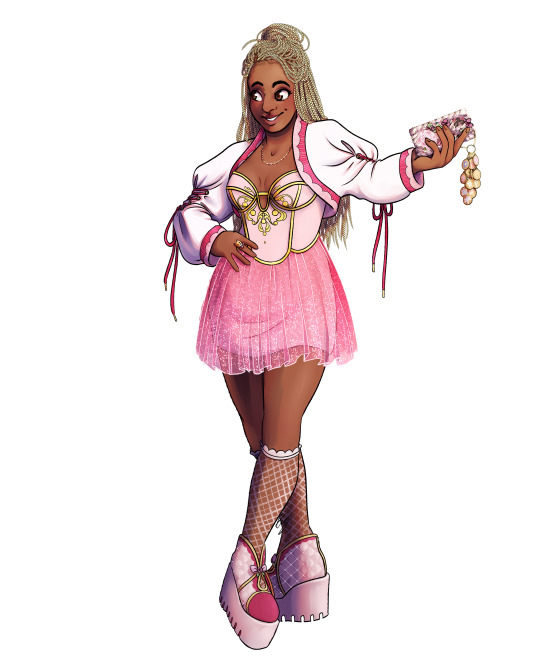
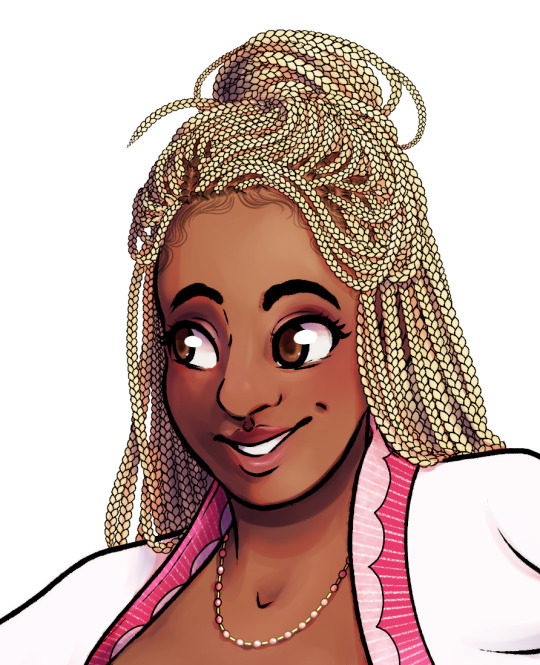
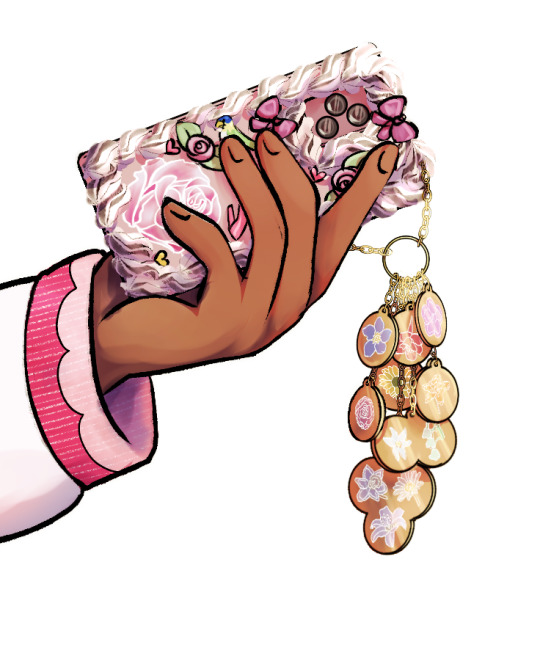
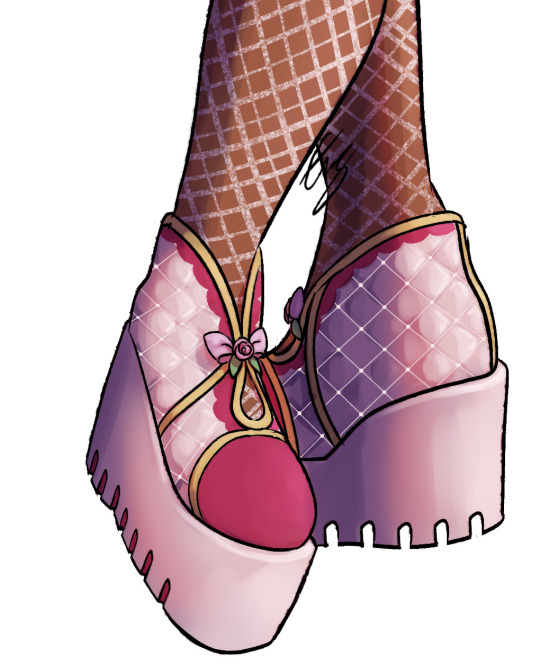

Barbie Girls: Genevieve
shout out to this really cute jewelry edition of the princess’s flowers that inspired the phone charms here!
#barbie#barbie girls#barbie movies#barbie and the 12 dancing princesses#12 dancing princesses#barbie genevieve#fashion#fairy kei#kind of?#idk what subculture this design would really fit into tbh#i usually have a good modern adaptation of the girls' stories but 12dp is difficult lol#also! if this is a hairstyle what wouldn't actually.... work? please let me know!#like braids + edges + bleached? i've seen hair similar to this but idk if it would actually be a thing thats done culturally ya know
751 notes
·
View notes
Text

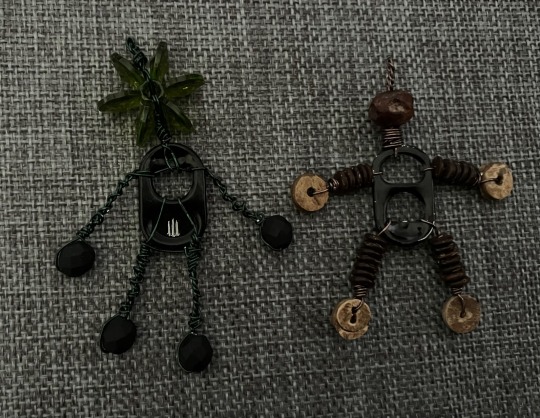



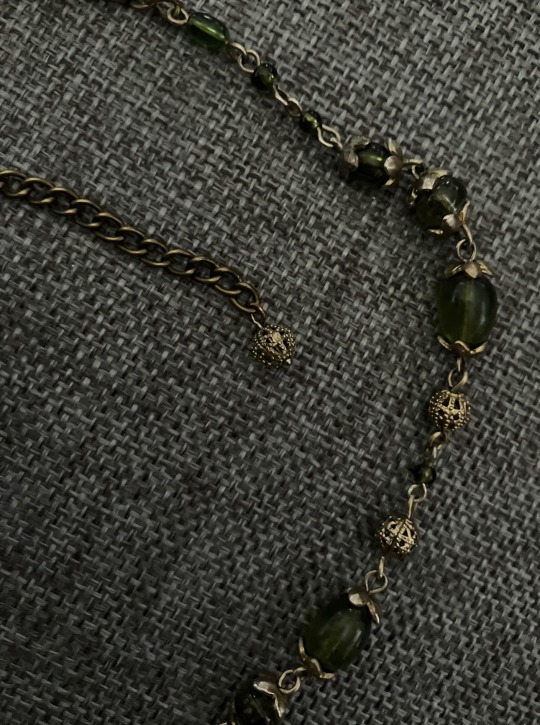
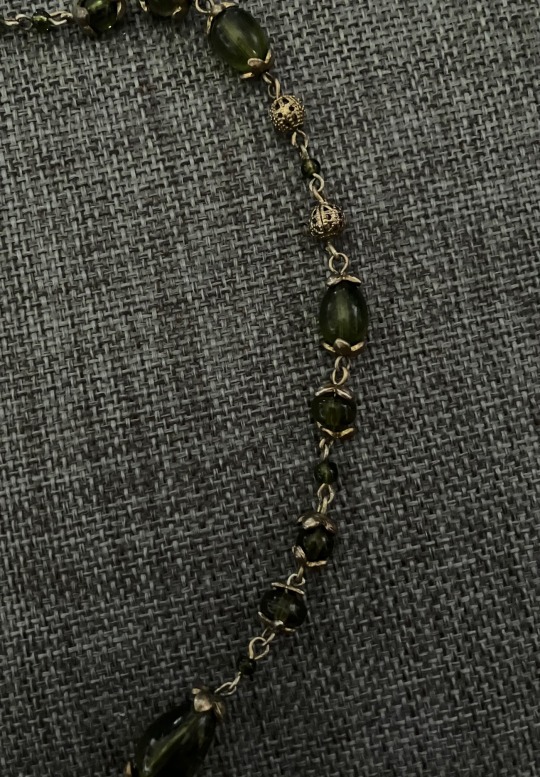
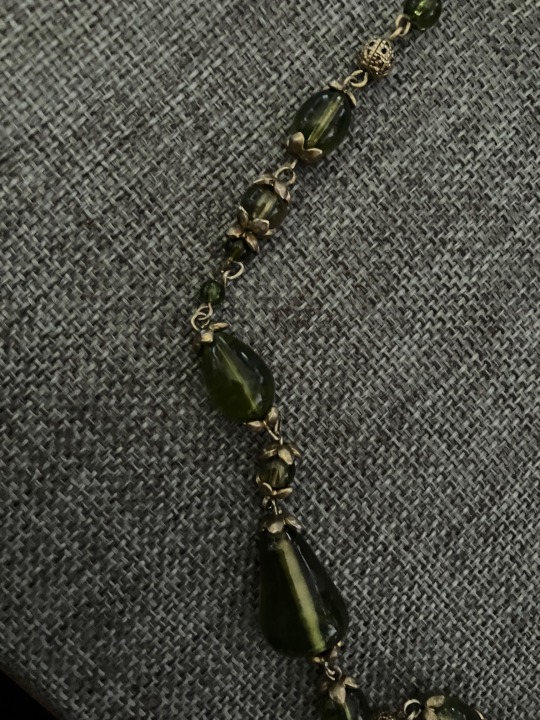


Some trinkets I've made recently! <|:-]
I used the glass beads from a broken thrift store necklace to make into a new necklace. I also made some little guys out of wire, pop can tabs, and beads :)
#trinkets#shinies#my crafts#my post#my photos#gremlincore#crowcore#corvidcore#fairycore#my hoard#dragon hoard#dragoncore#magpiecore#ravencore#forestcore#my shinies#gremlin hoard#crow hoard#witchy#witch#jewellery#jewelry#goblincore#cottagecore#cottage aesthetic#faecore#fairy aesthetic#cryptidcore#goblin culture#goblin aesthetic
146 notes
·
View notes
Text

166 notes
·
View notes
Text

#cottagecore#nature#photography#themarchingbeetle#woodland#plants#garden#goblin culture#art#mushrooms#anime#gif#scenery#sakura#japantrip#fairy cottage
1K notes
·
View notes
Text
Din has the aura of a man who would react with equally baffled resignation to both the fairy and the walrus. My man heard that his 50 year old green toddler was able to tap into the infinite power of the universe which made him eligible to become part of an ancient order of wizard monks who fight with laser swords. And he was just like ………. sigh. Guess I have to buy a better cupboard to keep him out of the snacks. Like shit just happens to him dykwim.
#he pulls his blaster on both the fairy AND the walrus to be clear#because nobody’s gonna catch him slippin#but he is also culturally sensitive enough to respect both equally#even if he cannot understand the walrus#and has never encountered a sentient walrus before#or a fairy. for that matter#din djarin#the mandalorian#grogu#baby yoda#star wars#mandalorian#mine#my meta
150 notes
·
View notes
Text
Fox Spirits In Medieval Narratives: Gender Bias
The domestic worship of the fox described by Zhang Zhuo informs us that the fox spirit occupied an ambivalent position in family lives. That foxes were enshrined in private quarters and offered food consumed by humans suggests that they participated in the family as insiders. However, their supernatural power and animal nature inspired both reverence and fear, and preserved their identities as…
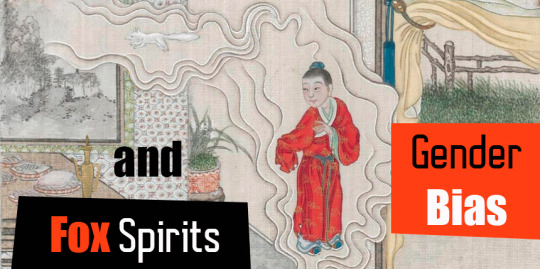
View On WordPress
#ancient China#Chinese culture#Chinese fairy tales#Chinese folk religion#Chinese history#Chinese mythology#fox#Nine-tailed fox#spiritual animal#Tang dynasty#Taoism#Taoist magic#Taoist practices
170 notes
·
View notes
Text

☽🔾☾
#my posts#web finds#goth#goth girl#goth subculture#goth culture#goth aesthetic#gothic#alternative#alt#mall goth#2000s goth#emo#spooky#vampire#horror#90s goth#baby bat#tradgoth#dark aesthetic#halloween#dark gothic#darkness#gothcore#alternative goth#old internet#goth fairy#y2k#y2k alternative#deviantart
135 notes
·
View notes